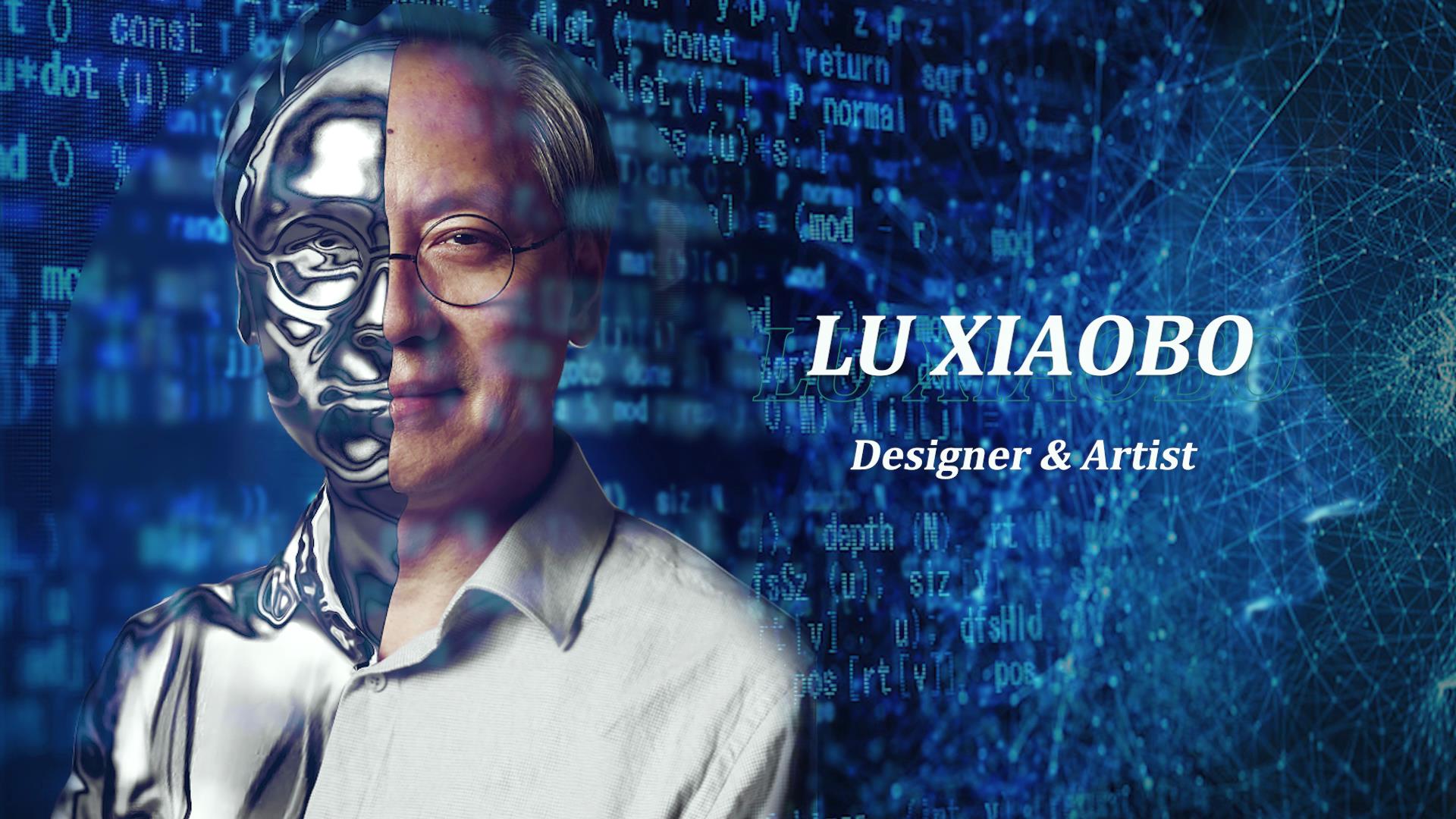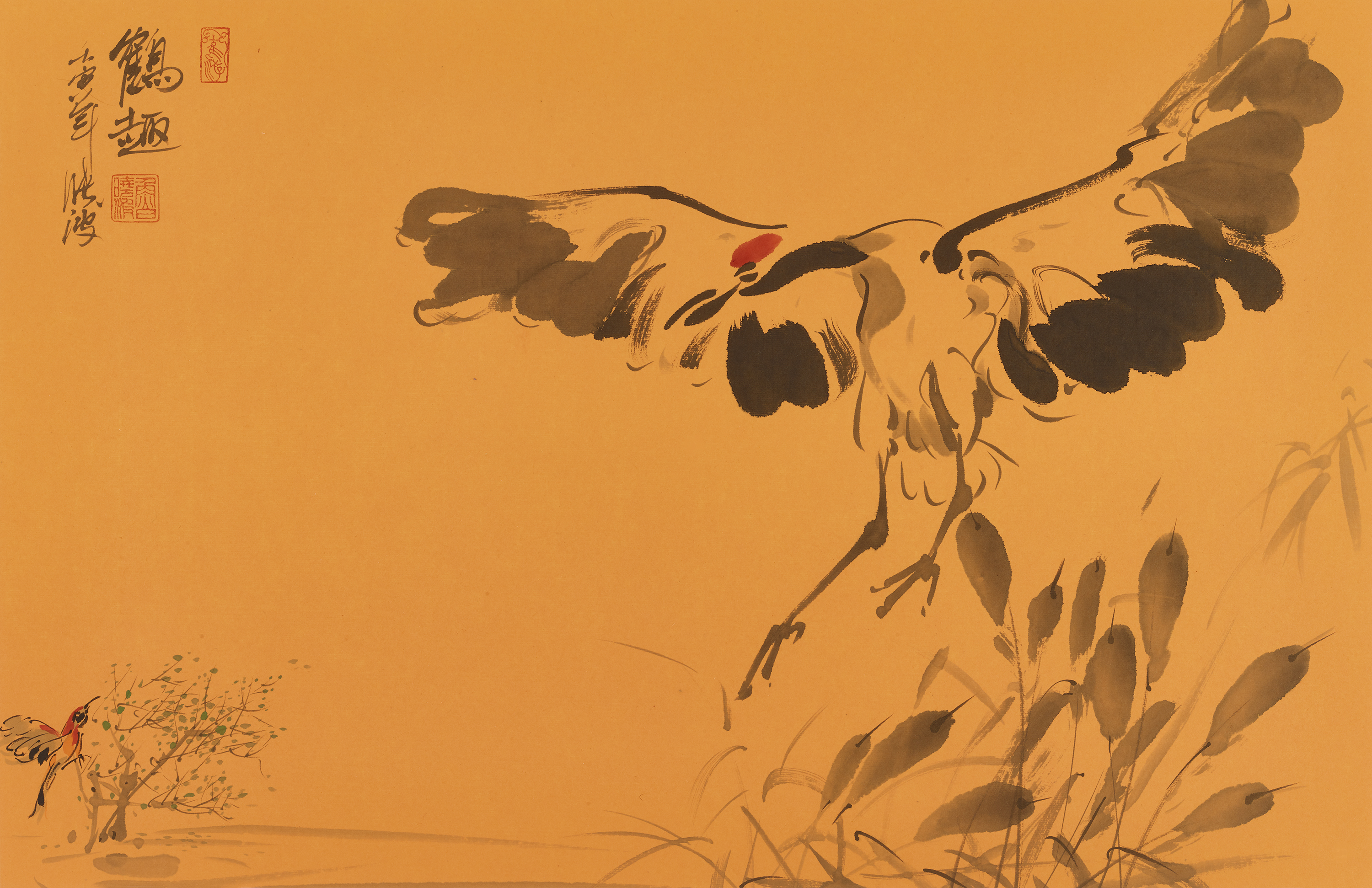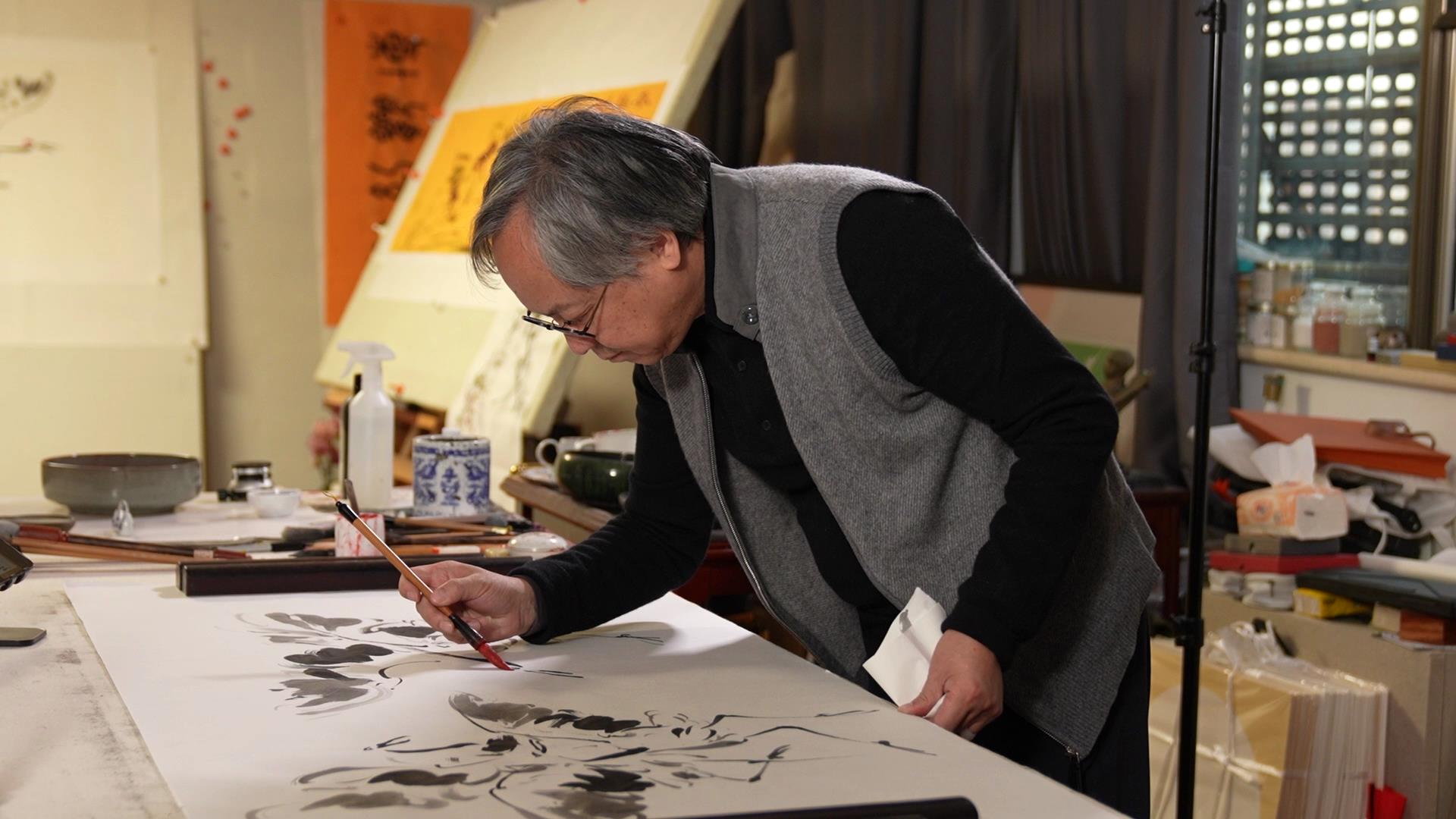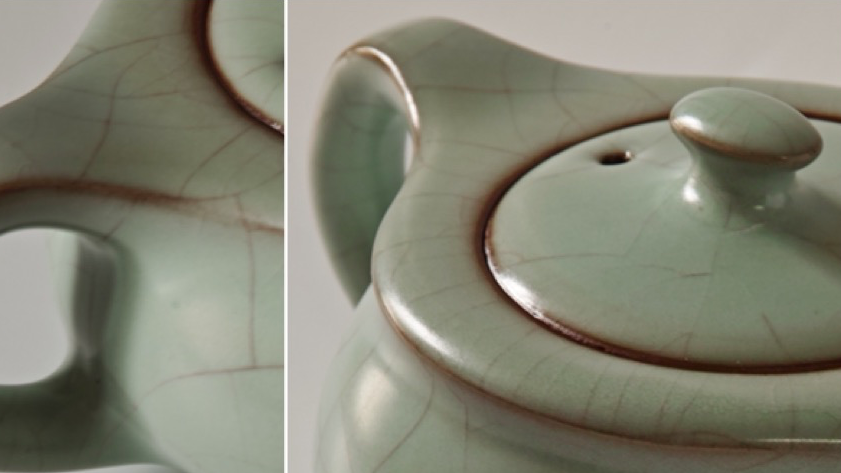Science and art, tradition and innovation, ancient and modern styles – all of these are interconnected in Professor Lu Xiaobo's world. Inspired by traditional Chinese water and ink paintings at a young age, Lu later found his dream career in information art design and has devoted his entire life ever since.
09:11

In 1977, Lu Xiaobo was admitted to the Department of Industrial Fine Arts at the Central Academy of Arts and Crafts, the predecessor of the Academy of Arts & Design at Tsinghua University, where he chose his dream major. "It not only improved your sense of aesthetics, but also helped to put into practice what you'd learned," Lu recalls. "I think if you can combine your scientific knowledge with your artistic passions, you are well-equipped with the knowledge and skills needed for the profession. And then all these elements will come together and become a part of your work in the future. I believe that's the best way to make a living."
The 1980s was a remarkable period for Lu. He was offered an opportunity to learn new design concepts and teaching methods in Europe. In light of this, he decided to continue his studies in Germany while he was working as a teacher after graduation from Tsinghua University.
In Germany, Lu Xiaobo had started to paint cranes using water and ink. "I like painting cranes. They are beautiful symbols of purity, which is something we still need today," Lu says. "I think this comes from our roots, the Chinese culture in our DNA, and also from what I've learned about the aesthetics of modern art in the West, including composition and morphological structure."

"Crane Fun" painted by Lu Xiaobo./ Courtesy: Lu Xiaobo
"Crane Fun" painted by Lu Xiaobo./ Courtesy: Lu Xiaobo
This life experience changed Lu's outlook, allowing him to develop a new perspective on Chinese philosophy. "Our German professors always reminded us not to judge a book by its cover, because Germany had also faced a lot of problems. At the same time, they respected traditional Chinese culture and the Chinese notions of creation, and their value to humankind," he says. "They also talked about the unity of man and nature, as well as social harmony. I later realized that they would likely learn from the East and take notice of some of the advantages China has."
During that time, Lu developed his own artistic style, conveying his ideas about aesthetics, art, and culture through his artworks.

Lu Xiaobo paints cranes at his studio./ CGTN
Lu Xiaobo paints cranes at his studio./ CGTN
Later, Lu brought new teaching methods and skills back to China and devoted his time to teaching art and design. Over the past three decades, he has made remarkable achievements in terms of theoretical research, artistic creation, and design practice in the related field of information art design. His artistic design works have been shortlisted for the National Art Exhibition many times and won him Gold Medal at the China Industrial Design Awards and the Top Prize at the International Arts and Sciences Exhibition.

One of Lu Xiaobo's porcelain designs./ CGTN
One of Lu Xiaobo's porcelain designs./ CGTN
Chinese cultural elements manifest themselves in Lu's artworks. "The Chinese concept of creation is simplicity in the extreme – less is more. In this respect, there are many philosophical ideas expressed in Chinese ink paintings," Lu says. "I think we can blaze a new trail and create a new realm of design with Chinese characteristics."
Lu predicts that in the future, people will live in a reality where the physical and virtual worlds converge. This is often referred to as the metaverse, which features avatars and other advanced technologies. This creates a need to build a new kind of order in the art world.
Lu says: "what matters is how we build a harmonious, healthy and warm-hearted, integrated new world. That's why I think design and art will play an important role in this field."